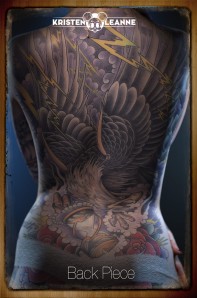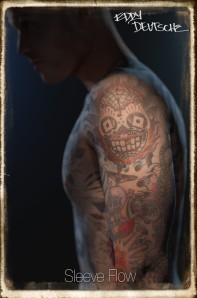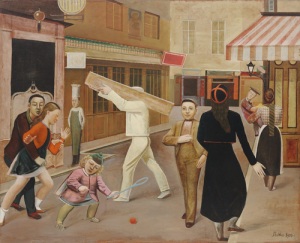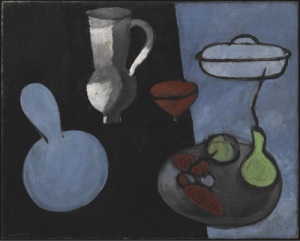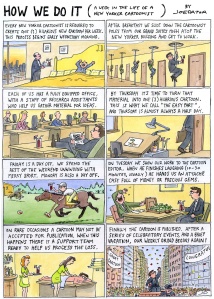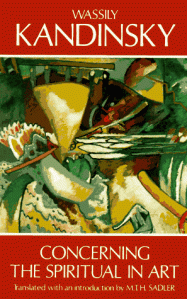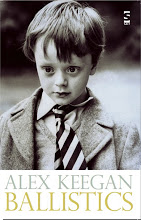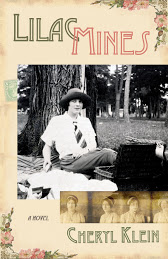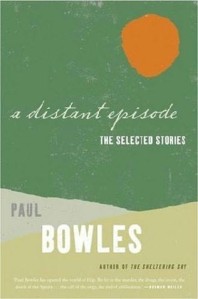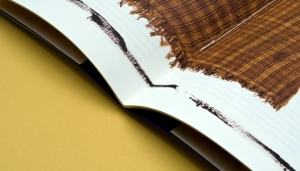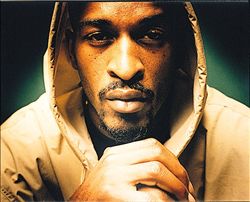
Recently I came across the Ice-T directed documentary “Something from Nothing: The Art of Rap.” In it, various artists are interviewed about the beginnings and evolution of their art as well as about their creative processes. One of the most interesting subjects is Rakim (half of the late 80’s early 90’s duo Eric B and Rakim and a celebrated emcee in his own right). What he says about his process prompted me to cull interviews to find out how he creates the poetry he does.
While rap relies on not just lyrics but the art of emceeing – or performance and crowd engagement – the great lyrics stand on their own as great poetry. The words grab you, guide you through stories, images, emotions. Rap uses metaphor, repetition, plays with bending words and meaning. And Rakim is particularly adept at creating a moment, a space, something you feel you can touch that touches you back. His goal seems to be to capture the nostalgia of now so that, down the line, you can hear his rhymes and be catapulted back to a time, a smell, a very distinct memory.
There are some great sound bites out there but here is a handful of tools the grand master has talked about. (Links to all sources listed at the end.)
1. Don’t Focus on Writer’s Block: In a 2006 interview with halftimeonline.com, Rakim talks about not putting focus on what you don’t want to have grow. He says, “I don’t believe in writer’s block for one. I never fixed my mind to believe in that shit because half the shit we do is psychological anyway. If you start thinking some shit you’re damn near gonna believe that until it comes true. You say you got writer’s block then you gonna sit there and be like damn I got writer’s block.”
2. Choose Words you Like: In the same interview, Rakim talks about some of of the ways he finds the rhyme. One of those is coming up with “sixteen of the illest words I can and write the rhyme to fit in.”
3. Write backwards: Another trick he uses is to write lyrics backwards. That way he’s sure to fit in everything he wants to say within the constraint of sixteen bars. “A lot of times I used to have ideas and start writing from the beginning and get to the sixteenth bar and I ain’t even put half of the shit that I wanted to put in the verse. Sometimes you start flowing and shits starts adding on to whatever cipher you’re dealing with. Meanwhile you got all of these thoughts in your head and you don’t get enough time to put them down. That’s [one] reason I started writing from the last word to the front word.”
4. Pull From Other Forms of Art (and Other Artists): Rakim is particularly influenced by jazz, having grown up in a musical family and listening to the greats: John Coltrane, Charlie Parker, Miles Davis to name a few. He also played saxophone as a kid. In Ice-T’s “Something from Nothing…” Rakim says, “My mother played a lot of Jazz music. A lot of it didn’t have no words on it. But you could see what was going on. It put you in the mood, put you right where it wanted to. So my thing was that if they could do that with an instrumental, I should be able to take somebody somewhere with words.”*
He then goes on to talk about Slick Rick, another rapper who is known for his storytelling abilities. In one of my favorite lines from the whole documentary, Rakim says, “When Slick told a story, you know, you was right there, if he was talking about running through the park, you know, you smelled the grass.”
5. Work with Visual Constraints: Rap, by it’s very nature, has the built in constraint of the beat. In “Something from Nothing…” Rakim talks about viewing the bars of music as a graph that he gets to fill in. “I try to start off with 16 dots on a paper. If it’s a 16 bar rhyme, at least I’ll know what I’m dealing with.” He visualizes a graph and explains that if he’s looking at four bars that are of a certain length, he can see that “within that, I could place so many words, just so many syllables, just so many words and at times if the beat was perfect I can take it to the point where there’s no other words you could put in those four bars.”
6. Read: In a 2102 interview with Montreality, Rakim talks about his love of books. “I try to read as much as I can,” he says and talks about how he reads anything from religious texts to well, just about anything. He explains that the more he reads, the more places he gets to go and the more he has to pull from to help himself and the people he’s speaking to through his lyrics.
7. Train your Mind to Dip Below the Surface: From a 1997 article by Michael A. Gonzales for Ego Trip (reprinted January 2012), Rakim talks about thinking like a lyricist: “You know, I think as long as I keep on living, I’ll always have something to write about…I’m training myself mentally every day. I can take a walk in the city and by the time I get to the end of the block I got a whole head full of thoughts. When I’m walking down the street, I don’t see a burned-out building or a homeless person or kids thuggin’ in the streets because my thoughts go deeper than that…The most important skill of a creative lyricist is to have versatility, even within one’s thoughts.”
˜
“In the Heart of the Beat: the Poetry of Rap” by Alexs Pate cites the following Rakim lyric from Eric B and Rakim’s “I Know You Got Soul”. It’s the perfect metaphor for the writing process.
I start to think
and then I sink
into the paper
like I was ink
when I’m writin
I’m trapped in between
the lines
I escape when I finish
the rhyme
˜
Article from Halftime.com, May 10 2006 (1, 2, 3)
For info Ice-T’s “Something From Nothing: The Art of Rap,” click here (4, 5)
Interview with Motreality on DDOTOMEN.com, June 18 2012 (6)
Michael A. Gonzales Article for Ego Trip #11, 1997 (7)
*In another recent interview with Red Bull Music Academy, Rakim talks about his Jazz influence. It’s not quoted here, and it is long, but worth a listen. To check it out, click here.
Lyric excerpt from “In the Heart of the Beat: The Poetry of Rap” by Alexs D. Pate. Scarecrow 2010. To check out the book, click here.
Post by Molly O


